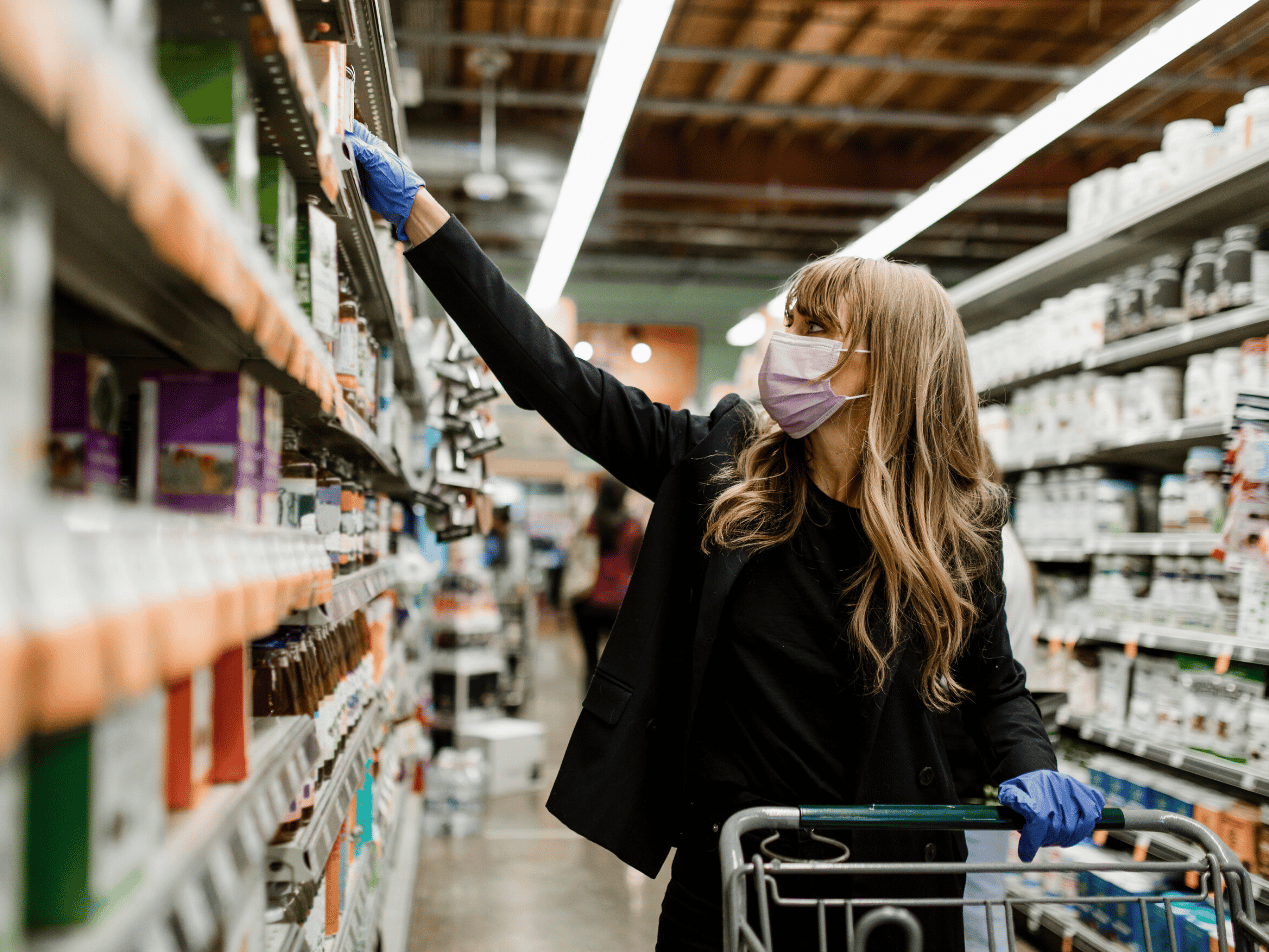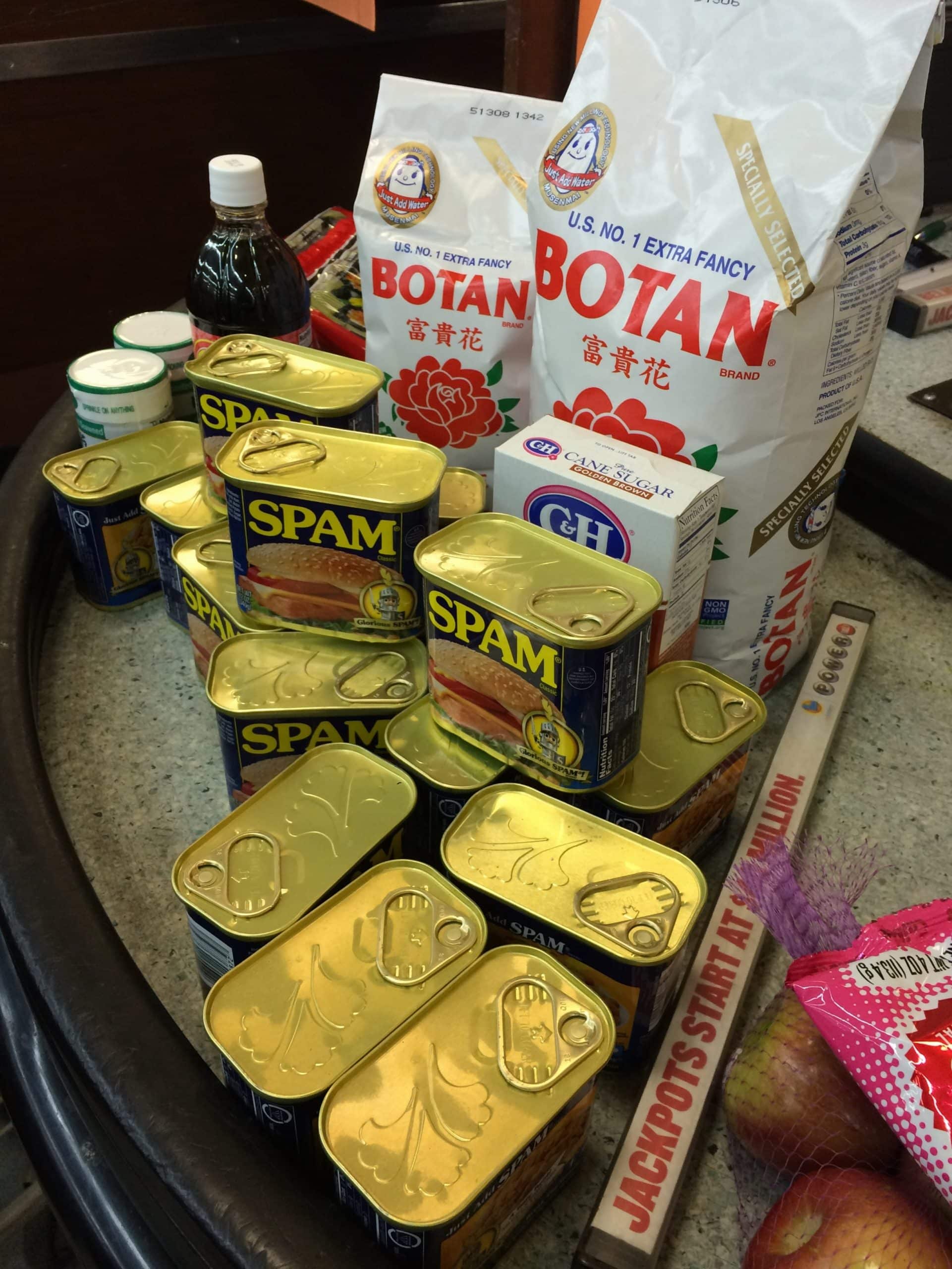
This is article expresses the personal opinion of Mark Jacobson, M.D., about how to shop safely in the COVID era. Dr. Jacobson is a professor of medicine and an infectious diseases specialist at The University of California, San Francisco, and the author of the novel, Sensing Light , about frontline physicians during the early years of the AIDS epidemic. Here is some guidance I’ve been sharing with family and friends on how to shop safely for food. Those choosing home delivery or curbside pick-up might want to look at items #9-12 below, which are specific to bringing items inside your home, cleaning, and storage.
Background on how COVID 19 is transmitted
The main route of coronaviruses' transmission is from one person’s nose/mouth → their fingers → another person’s fingers (directly or via touching droplets on an object or food) → another’s nose/mouth. Wearing any sort of mask that covers your mouth and nose can break this chain of transmission by preventing you from inoculating your nose or mouth with any virus on your fingers, whether gloved or not. How long the virus remains infectious on an inanimate object (AKA fomite in medical terminology) or food is not known, but it’s unlikely to be more than 3 days. The second major route of transmission is by respiratory droplets (i.e. someone coughs or sneezes near you) and tiny droplets containing the virus landing on your fingers or face. Wearing any sort of mask reduces the risk of others from being exposed to your nasal/respiratory droplets but cannot completely eliminate it. The CDC defines risk for this kind of spread as being within 6 feet of an infected person for 10 minutes or more—something I’ve not experienced while shopping recently in stores that limit the number of shoppers inside. While there is evidence that coronaviruses can also be transmitted by aerosolization, whereby the virus remains suspended in the air for an hour or more and can thus be inhaled, this route of transmission appears to occur rarely outside of hospitals (where ventilators aerosolize the virus) or crowded indoor spaces with small ratios of cubic feet of air space per person. Thus, I personally am most comfortable shopping in a large high-ceilinged space that limits the number of people inside.
Shopping procedure
- Choose a store that limits the number of shoppers inside at any one time. If you are over 65, choose a store that has senior hours.
- Bring your own cloth shopping bags (washed and dried after your last shopping expedition), unless the store requires you to use their bags, which is actually safer.
- Bring a cloth face mask (e.g. bandana) or a surgical face mask (not an N95 mask), hand sanitizer or alcohol wipes, and a pair of latex or nitrile gloves (unless store provides these to patrons). A pair of rubber or cloth work gloves can be used if there are no other alternatives. If using rubber or cloth gloves, bring them in a plastic bag that you can put them back into as you leave the store. After returning home, rubber gloves can be sprayed with Lysol or soaked in in bleach solution (4 tsp in a quart of water). Cloth gloves tossed into your washing machine.
- Before leaving home, lay out old newspapers on a large enough table or floor space to accommodate contents of all your bags you will bring home. Towels can be used instead.
- Before entering the store, put on the surgical mask or tie a bandana or cloth mask to cover your nose and mouth. This accomplishes two goals: 1) prevents others from being exposed to your nasal/respiratory droplets, and 2) prevents you from touching your nose or mouth with your fingers, which may become contaminated while shopping.
- Don gloves upon entering the grocery store, touch only what you're going to purchase, and stay 6 feet away from others.
- Remove the gloves before you enter your car in a manner that will prevent contaminating your hands with whatever is on the outside of the gloves (see example here). If you bring your own rubber or cloth gloves, remove them the same way and put them in the plastic bag you brought.
- Use hand sanitizer after placing the shopping bags in the car.
- On arriving home, enter house, leave door open, drop bandana (and cloth gloves) in washing machine, and wash hands for 20 seconds.
- Bring in all bags from car, set them on newspapers, remove the packages, drop empty cloth bags into washing machine/paper bags into recycling bins, then wash hands again.
- Take packages that can be briefly washed and rinsed to a sink, run a soapy sponge over the surface, rinse off soap with hot water, and set it down (not on newspapers or towels) to dry.
- Items that can’t be washed as above, like fresh produce or bread, can be put inside a new or used plastic or paper bag that has already been in your house for at least 3 days. Wash hands frequently while doing this step.
- Try to avoid touching any of the items you just put away for the next 3 days.
- Pick up newspapers by slipping your hands underneath on one side and roll them up, only touching only the underside, and put in recycling bin. If you used towels,roll them up in the same way and toss in your washing machine. Wash hands one last time.
Subscribe to Paubox Weekly
Every Friday we'll bring you the most important news from Paubox. Our aim is to make you smarter, faster.





